detail profile peter greenaway
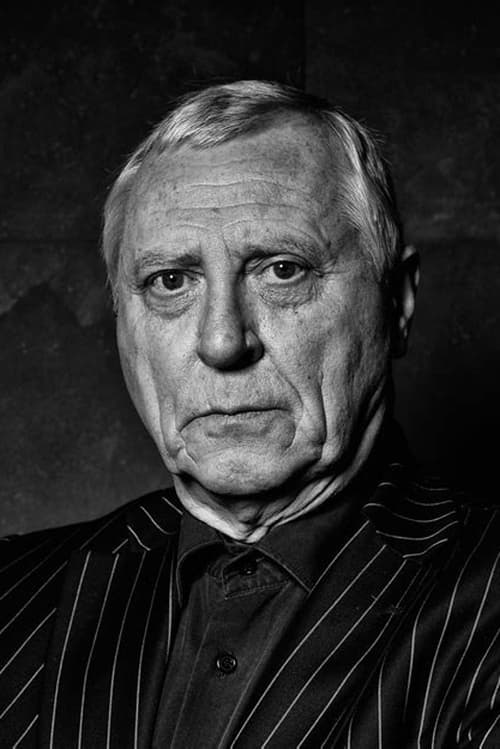
Peter Greenaway
피터 그리너웨이
atau dikenal sebagai
Riwayat Hidup
Peter Greenaway, CBE (born 5 April 1942) is a Welsh writer-director, painter, and video artist based in Amsterdam.
Throughout the late 1960s and '70s, he produced several experimental documentary/mockumentary shorts while working as a film editor for the Central Office of Information.
This early period culminated in "The Falls" (1980), a three-hour mockumentary indexing the strange effects of the VUE (the Violent Unknown Event) on 92 people whose names begin with the letters F-A-L-L.
He made his dramatic feature film debut with "The Draughtsman's Contract" (1982), and throughout the 1980s directed a string of critically acclaimed and frequently controversial films: "A Zed & Two Noughts" (1985), "The Belly of an Architect" (1987), "Drowning by Numbers" (1988), and his best-known work, the vicious Thatcher-era satire "The Cook, the Thief, His Wife & Her Lover" (1989).
In the 1990s, he directed the Shakespeare adaptation "Prospero's Books" (1991), controversial religious satire "The Baby of Mâcon" (1993), erotic drama "The Pillow Book" (1996), and "8½ Women" (1999), an homage to the films of Federico Fellini, a major influence on Greenaway.
In the early 2000s, Greenaway embarked on the ambitious "Tulse Luper" project, a multimedia body of historical fiction revolving around the life of the eponymous fictional hero.
In addition to novels, CD-ROMs, online material, and a touring exhibition, the project spawned a trilogy of feature films: "The Tulse Luper Suitcases, Part 1: The Moab Story" (2003), "The Tulse Luper Suitcases, Part 2: Vaux to the Sea" (2004), and "The Tulse Luper Suitcases, Part 3: From Sark to the Finish" (2004).
The trilogy was followed by a fourth feature, "A Life in Suitcases" (2005), which abridges the Tulse Luper saga into a single film.
Since the mid 2000s, Greenaway's film work has focused on idiosyncratic, heavily fictionalised biopics dedicated to some of his favourite artists: Dutch Golden Age painter Rembrandt van Rijn in "Nightwatching" (2007), Dutch Baroque engraver Hendrik Goltzius in "Goltzius and the Pelican Company" (2012), Soviet Russian filmmaker Sergei Eisenstein in "Eisenstein in Guanajuato" (2015), and Romanian-French sculptor Constantin Brâncuși in "Walking to Paris" (TBD).
Greenaway has lived and worked in Amsterdam since the mid 1990s.
He is married to artist Saskia Boddeke, with whom he has two children.
He also has two children from a previous marriage to potter Carol Greenaway.
Info Pribadi
Peran Yang Di Mainkan Peter Greenaway
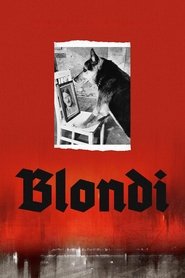 Can a dog still be mans...
Can a dog still be mans...Blondi 2025
Can a dog still be man’s best friend if that man is the Führer? Blondi explores the bizarre bond between Hitler and his beloved German Shepherd. From eating the crumbs under the table at the Führer’s birthday, to living in the confinement of the bunker, this film presents intimate glimpses of the dog’s daily life intertwined with the realities of war, depicting the oblivious pet's surreal impact on the Reich.
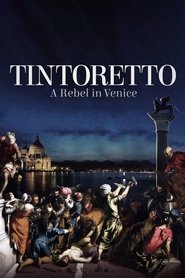 Five hundred years after his birth...
Five hundred years after his birth...Tintoretto: A Rebel in Venice 2019
Five hundred years after his birth, the life and career of the Italian Renaissance's last great painter is explored.
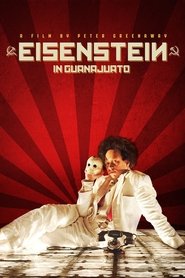 In 1931 following the success of the...
In 1931 following the success of the...Eisenstein in Guanajuato 2015
In 1931, following the success of the film Battleship Potemkin, Soviet filmmaker Sergei Eisenstein travels to the city of Guanajuato, Mexico, to shoot a new film. Freshly rejected by Hollywood, Eisenstein soon falls under Mexico’s spell. Chaperoned by his guide Palomino Cañedo, the director opens up to his suppressed fears as he embraces a new world of sensual pleasures and possibilities that will shape the future of his art.
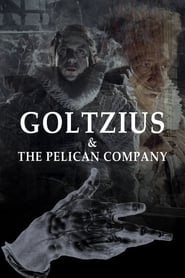 Goltzius and the Pelican Company tells...
Goltzius and the Pelican Company tells...Goltzius & the Pelican Company 2014
Goltzius and the Pelican Company tells the story of Hendrik Goltzius, a late 16th century Dutch printer and engraver of erotic prints. A contemporary of Rembrandt and, indeed, more celebrated during his life, Goltzius seduces the Margrave of Alsace into paying for a printing press to make and publish illustrated books. In return, he promises him an extraordinary book of pictures of illustrating the Old Testament’s biblical stories. Erotic tales of Lot and his daughters, David and Bathsheba, Samson and Deliah and John the Baptist and Salome. To tempt the Margrave further, Goltzius and his printing company will offer to perform dramatisations of these erotic stories for his court.
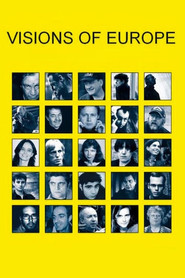 Twentyfive films from twentyfive European countries...
Twentyfive films from twentyfive European countries...Visions of Europe 2004
Twenty-five films from twenty-five European countries by twenty-five European directors.
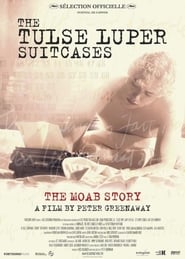 The first of three parts we...
The first of three parts we...The Tulse Luper Suitcases, Part 1: The Moab Story 2003
The first of three parts, we follow Tulse Luper in three distinct episodes: as a child during the first World War, as an explorer in Mormon Utah, and as a writer in Belgium during the rise of fascism. Packed with stylistic flourishes, it's a dense, comic study of 20th century history, revolving around the contents of one man's suitcases. The Tulse Luper Suitcases reconstructs the life of Tulse Luper, a professional writer and project-maker, caught up in a life of prisons. He was born in 1911 in Newport, South Wales and presumably last heard of in 1989. His life is reconstructed from the evidence of 92 suitcases found around the world—92 being the atomic number of the element Uranium. The project by Peter Greenaway includes three feature films, a TV series, 92 DVDs, CD-ROMs, and books.
 40 international directors were asked to make...
40 international directors were asked to make...Lumière & Company 1995
40 international directors were asked to make a short film using the original Cinematographe invented by the Lumière Brothers, working under conditions similar to those of 1895. There were three rules: (1) The film could be no longer than 52 seconds, (2) no synchronized sound was permitted, and (3) no more than three takes.
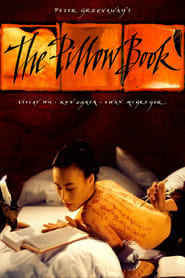 A woman with a body writing...
A woman with a body writing...The Pillow Book 1995
A woman with a body writing fetish seeks to find a combined lover and calligrapher.
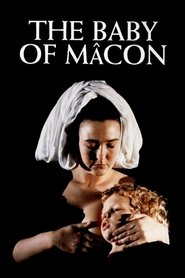 Set halfway through the 17th century...
Set halfway through the 17th century...The Baby of Mâcon 1993
Set halfway through the 17th century, a church play is performed for the benefit of the young aristocrat Cosimo. In the play, a grotesque old woman gives birth to a beautiful baby boy. The child's older sister is quick to exploit the situation, selling blessings from the baby, and even claiming she's the true mother by virgin birth. However, when she attempts to seduce the bishop's son, the Church exacts a terrible revenge.
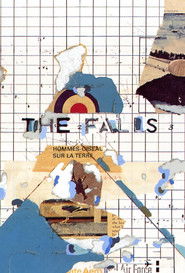 The exploration of the effects of...
The exploration of the effects of...The Falls 1980
The exploration of the effects of an unexpected catastrophe, known as VUE (violent unknown event) through the bios of 92 survivors.
 An extravagant exotic and moving look...
An extravagant exotic and moving look...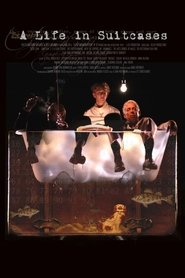 Follows Tulse Luper as he is...
Follows Tulse Luper as he is... Following the death of a mother...
Following the death of a mother... The wife of an abusive criminal...
The wife of an abusive criminal...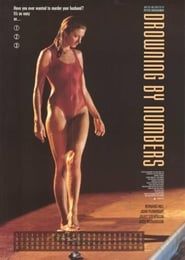 Three generations of women who seek...
Three generations of women who seek... The American architect Kracklite arrives in...
The American architect Kracklite arrives in... Twin zoologists lose their wives in...
Twin zoologists lose their wives in...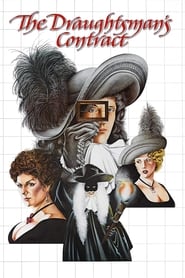 A young artist is commissioned by...
A young artist is commissioned by...